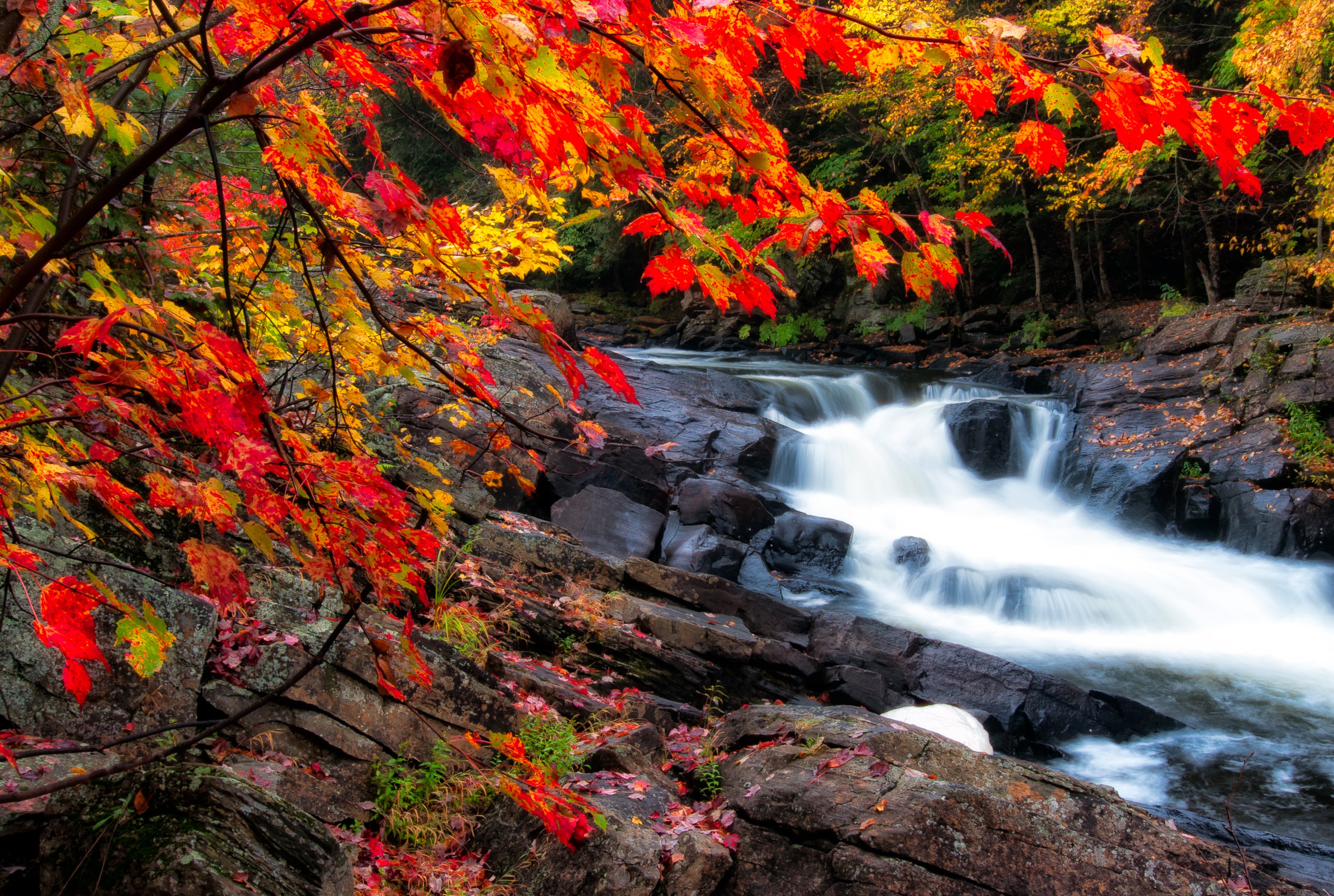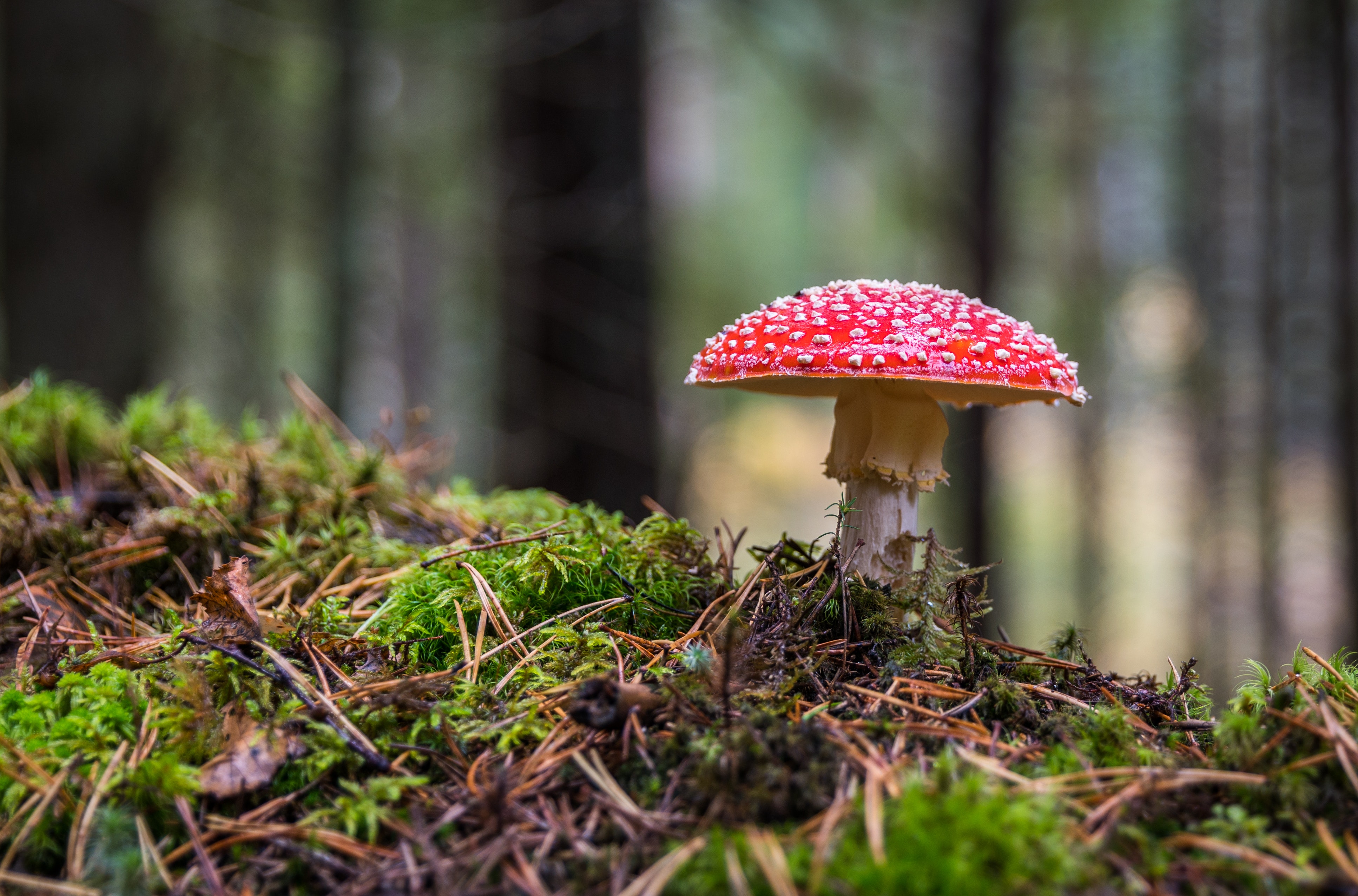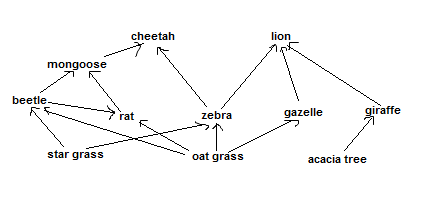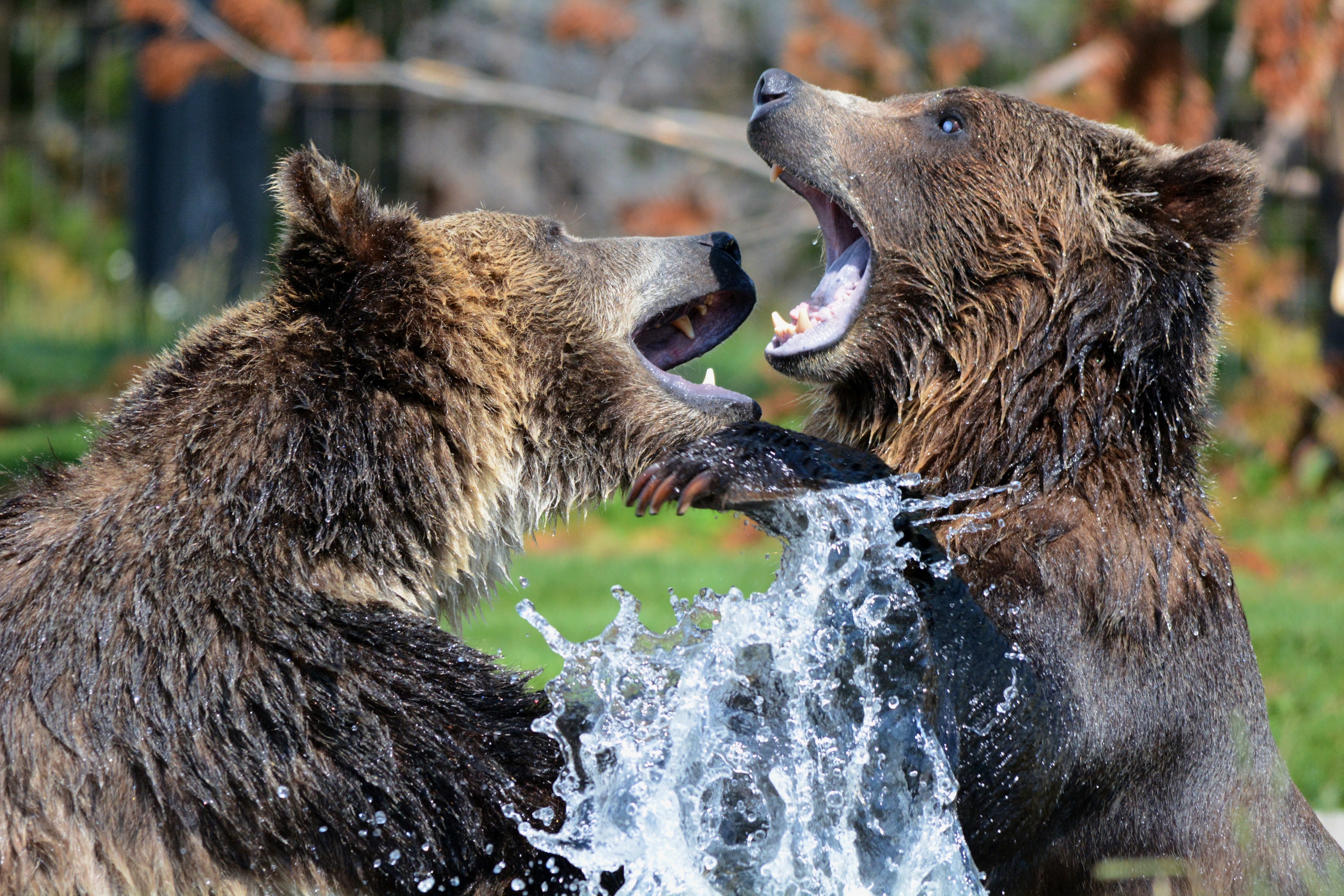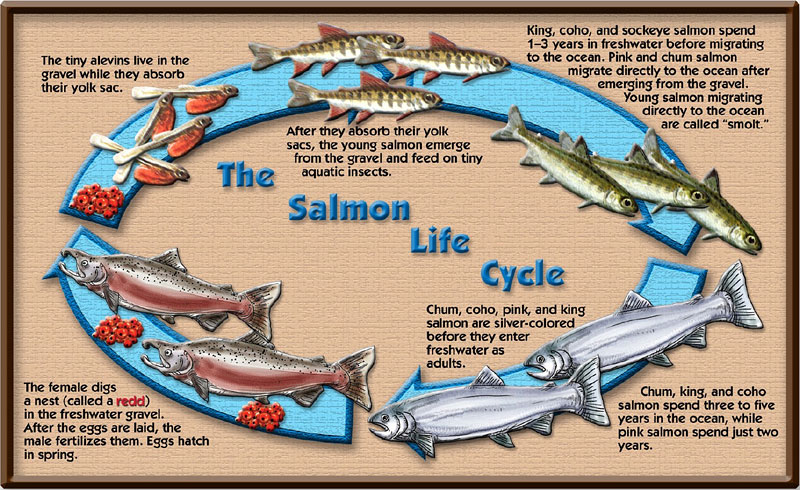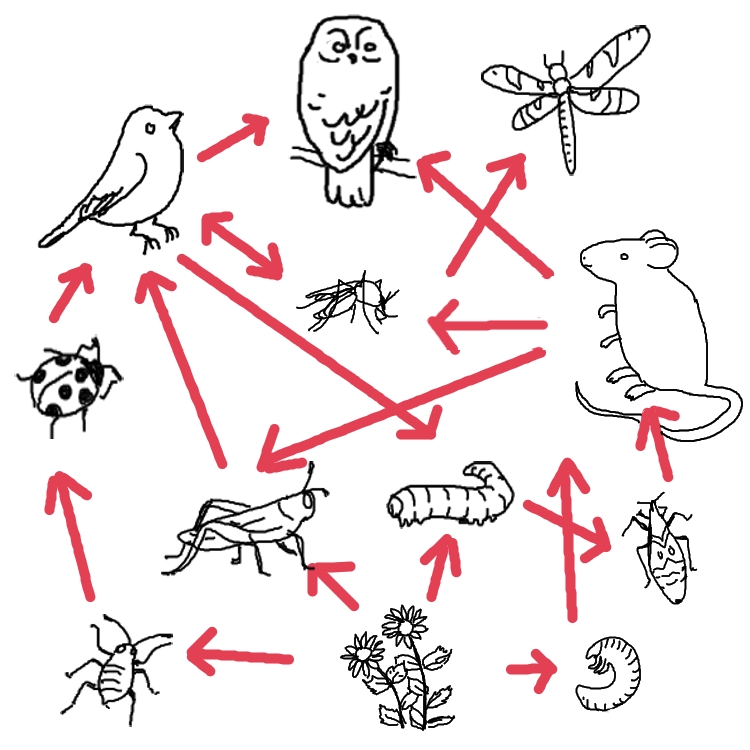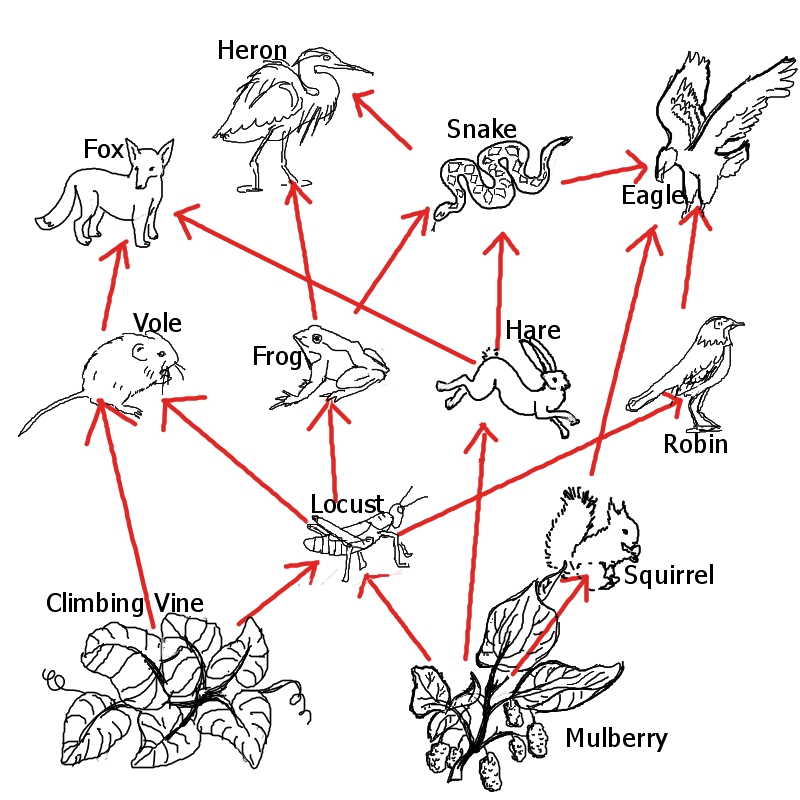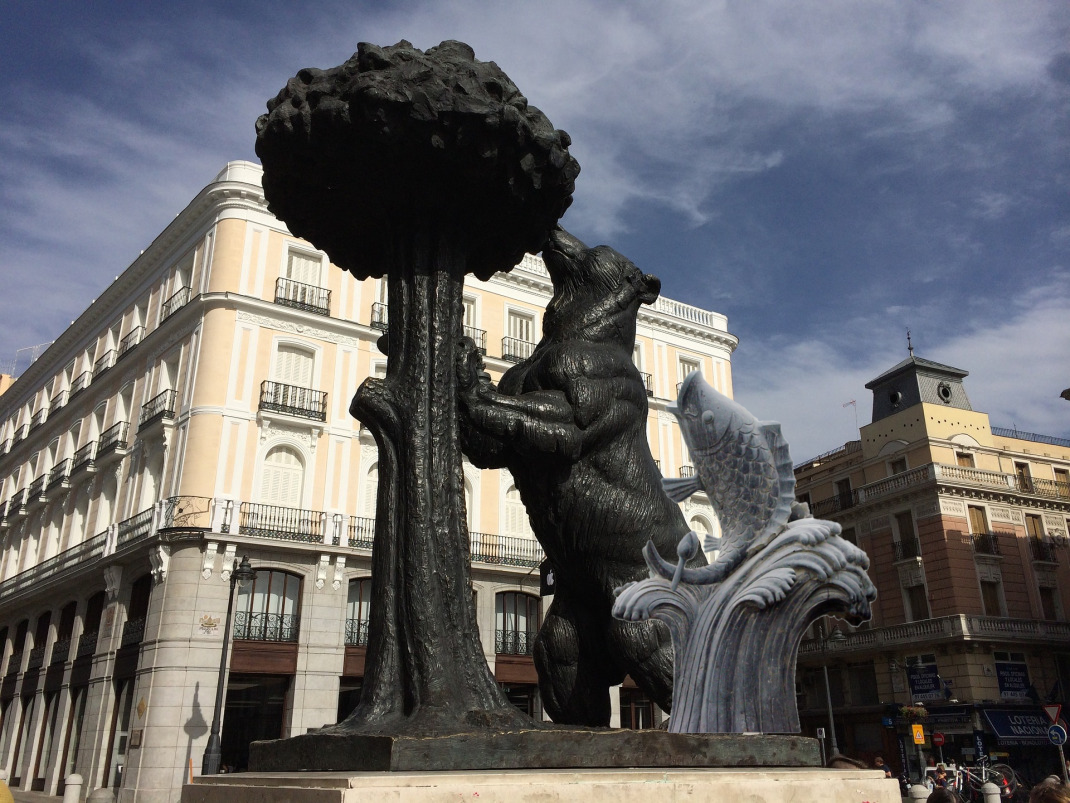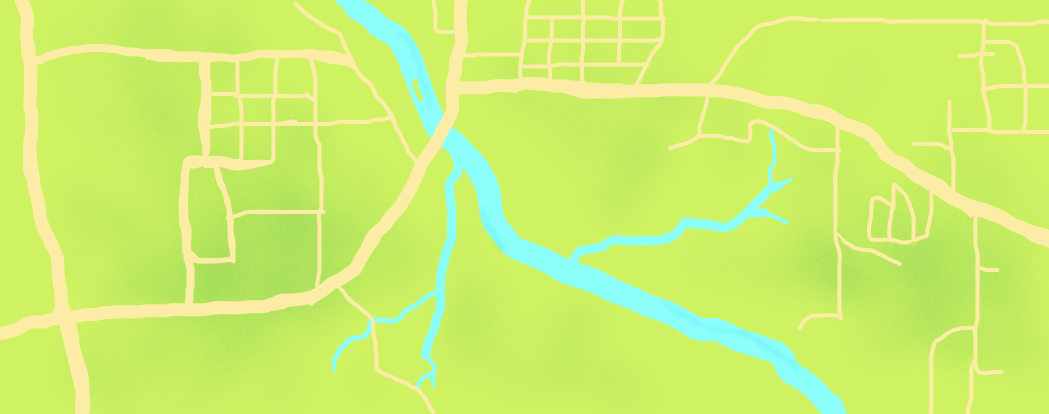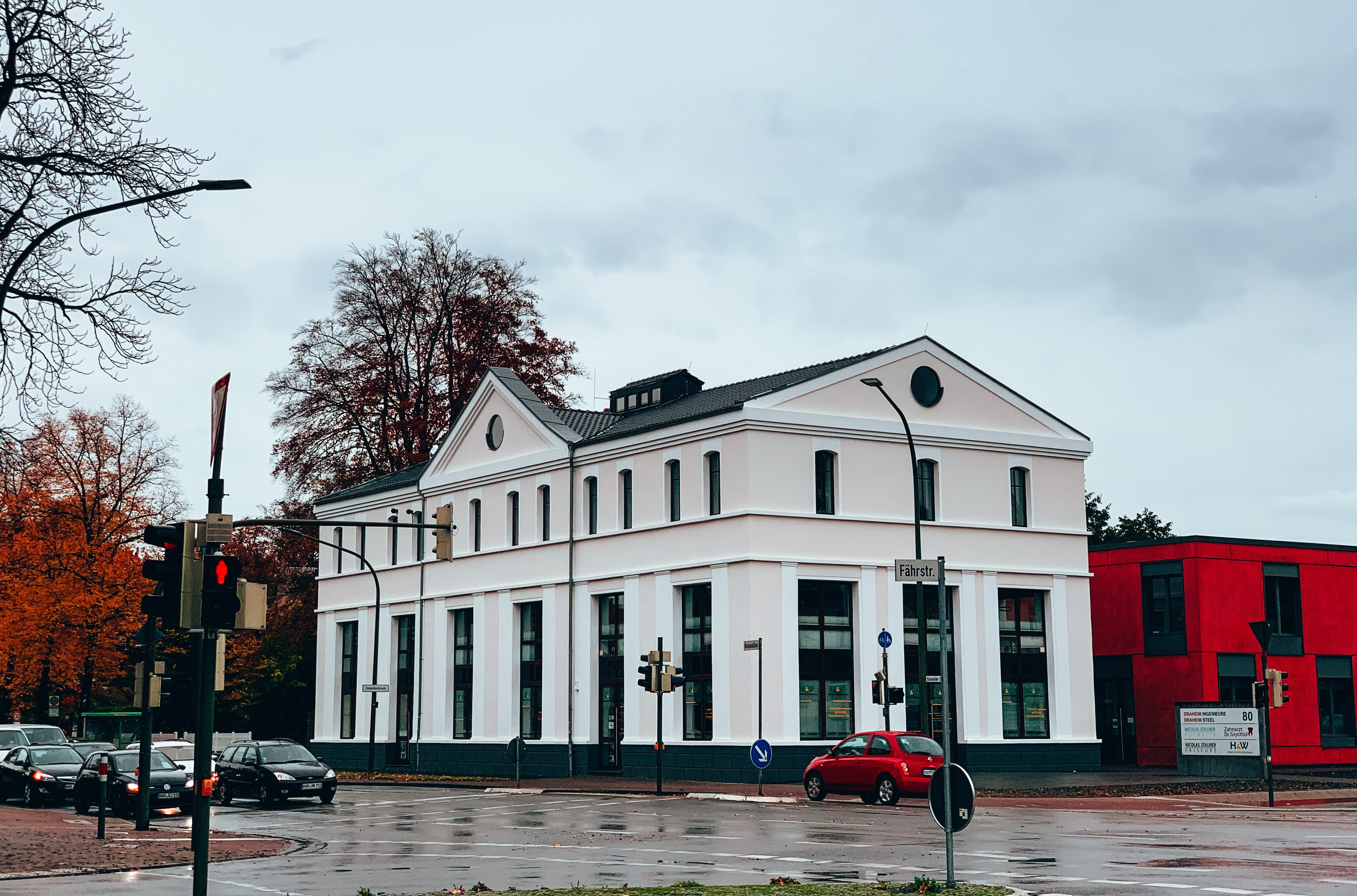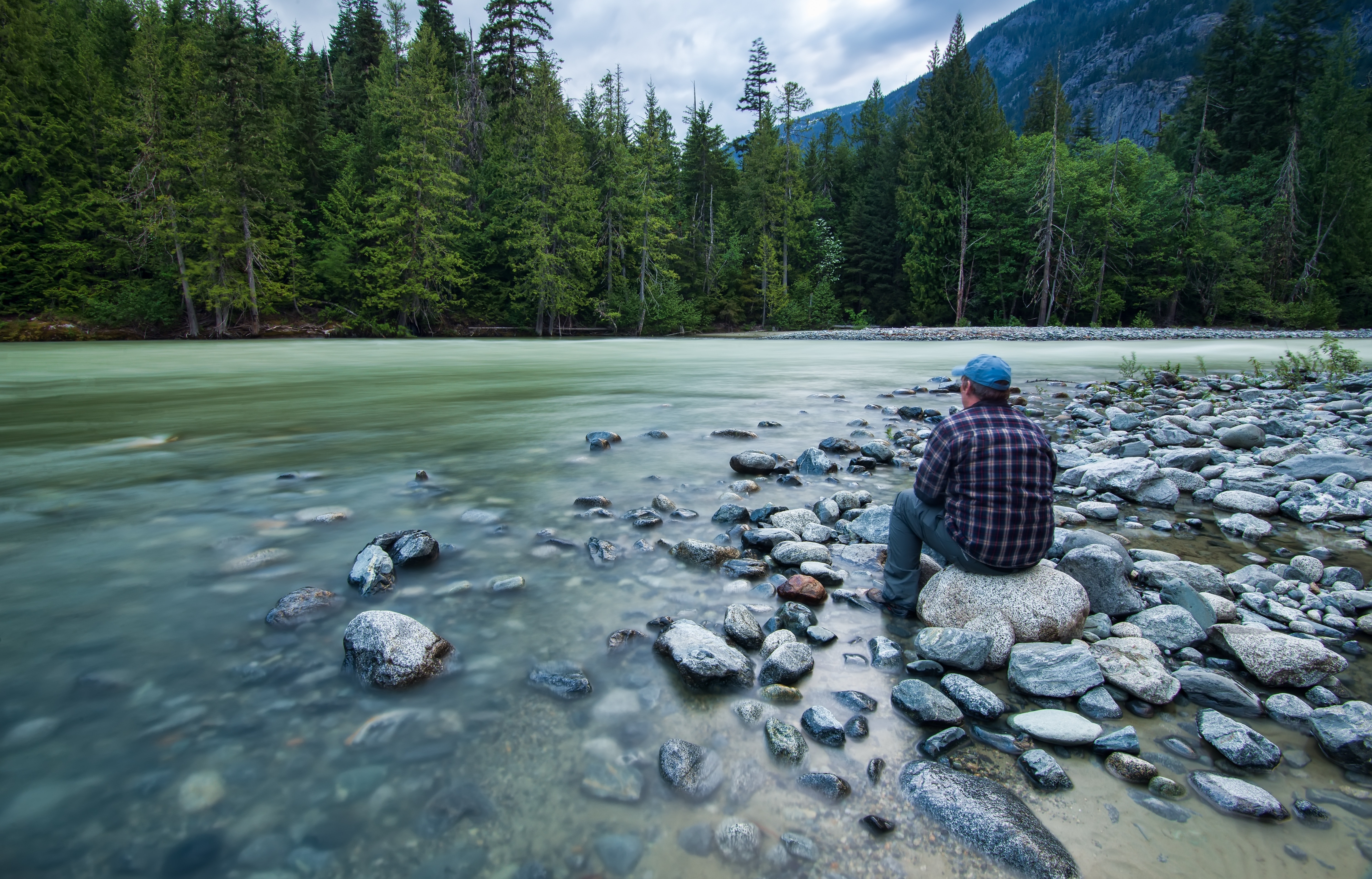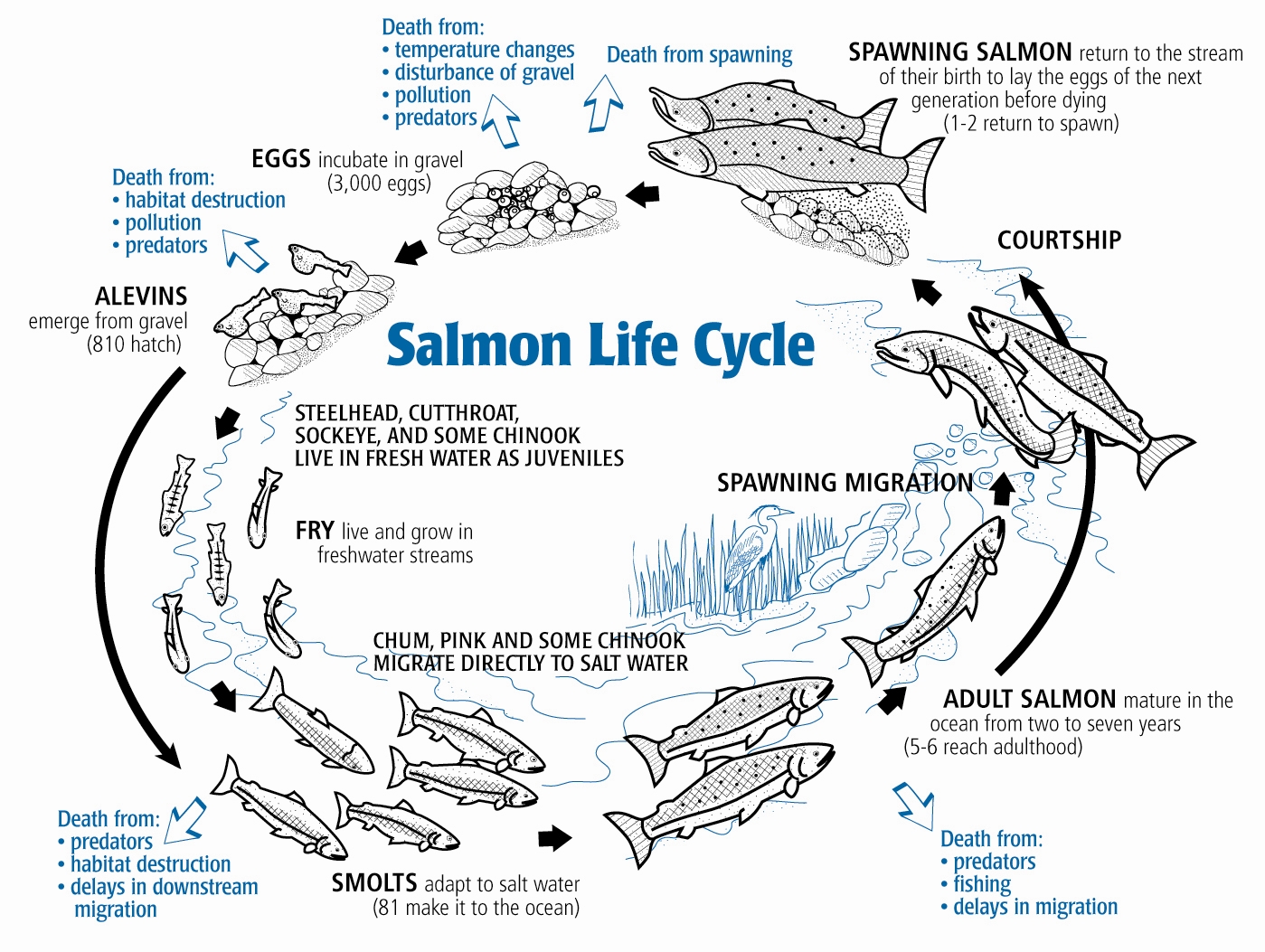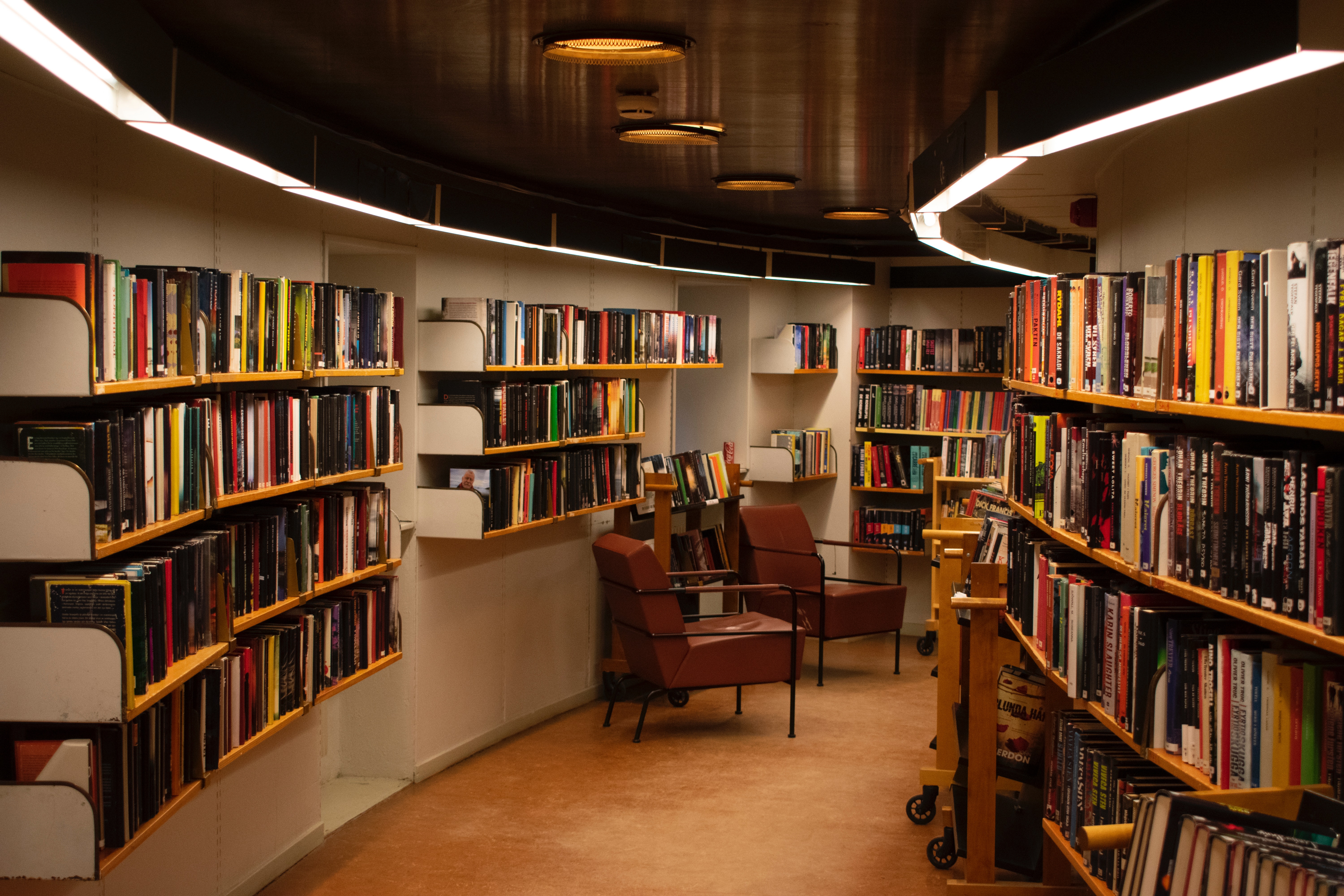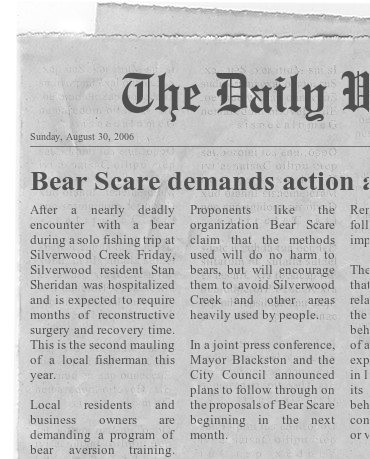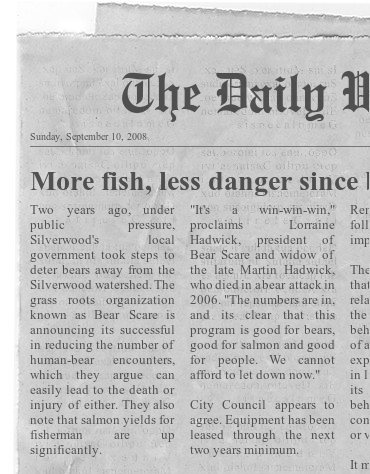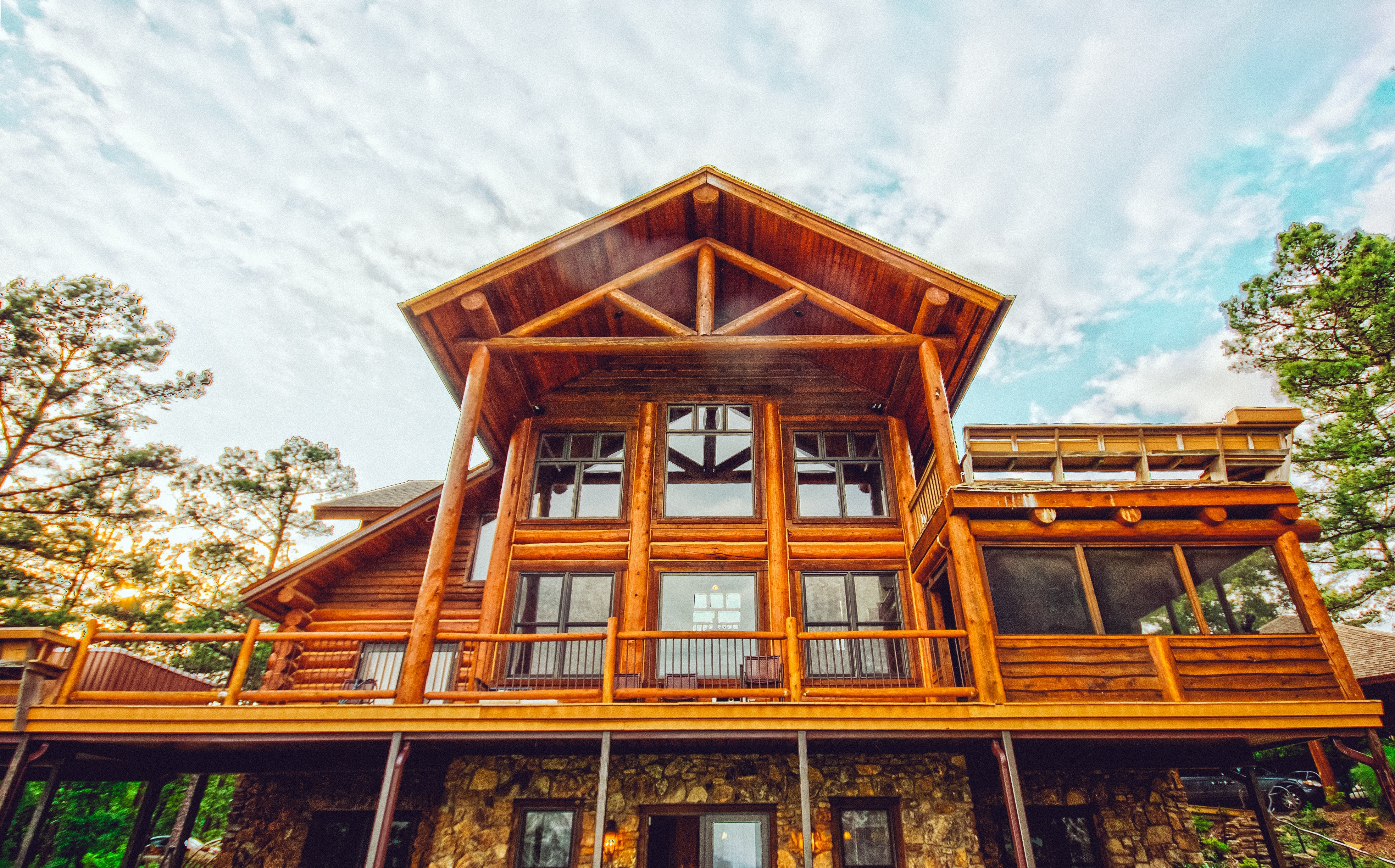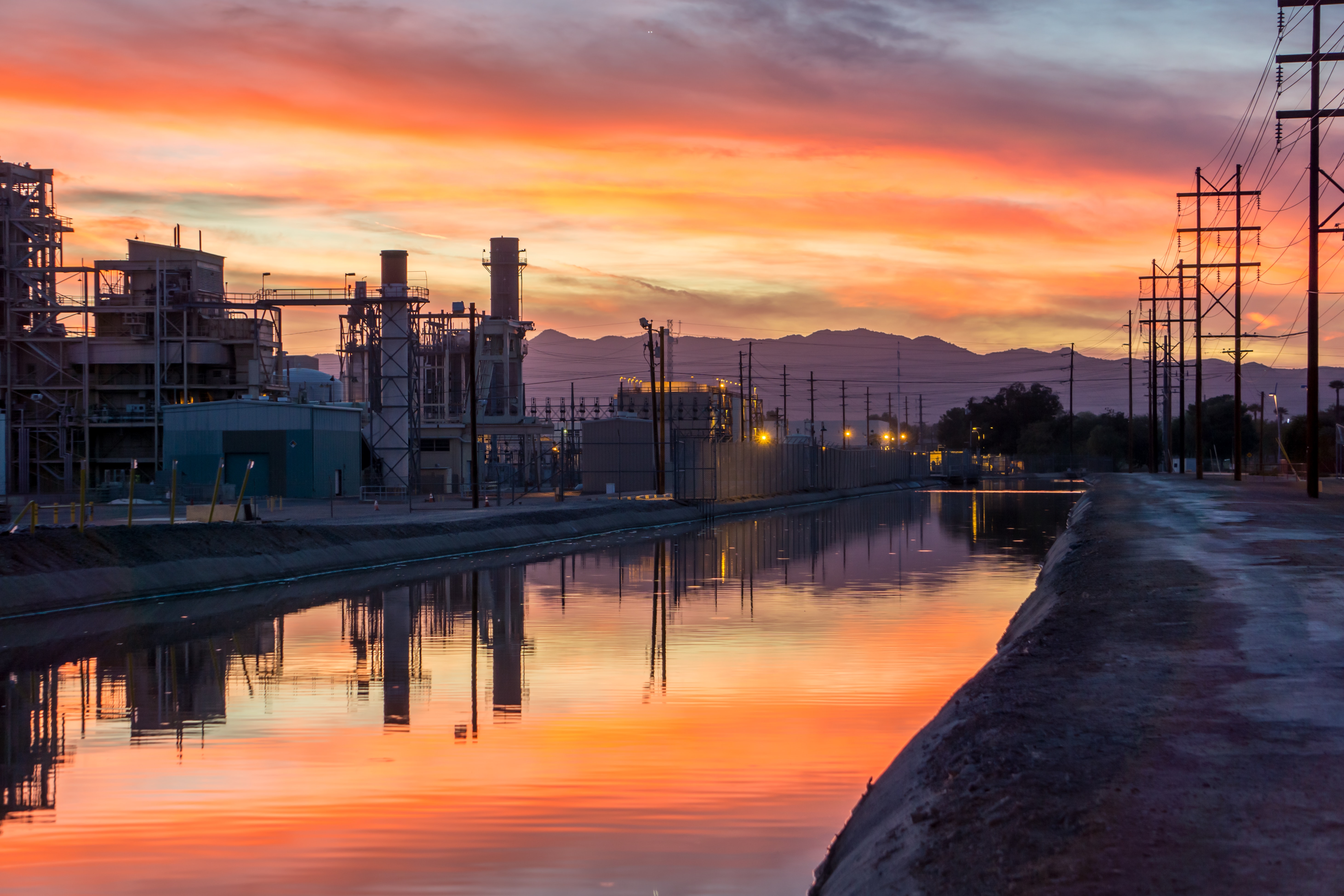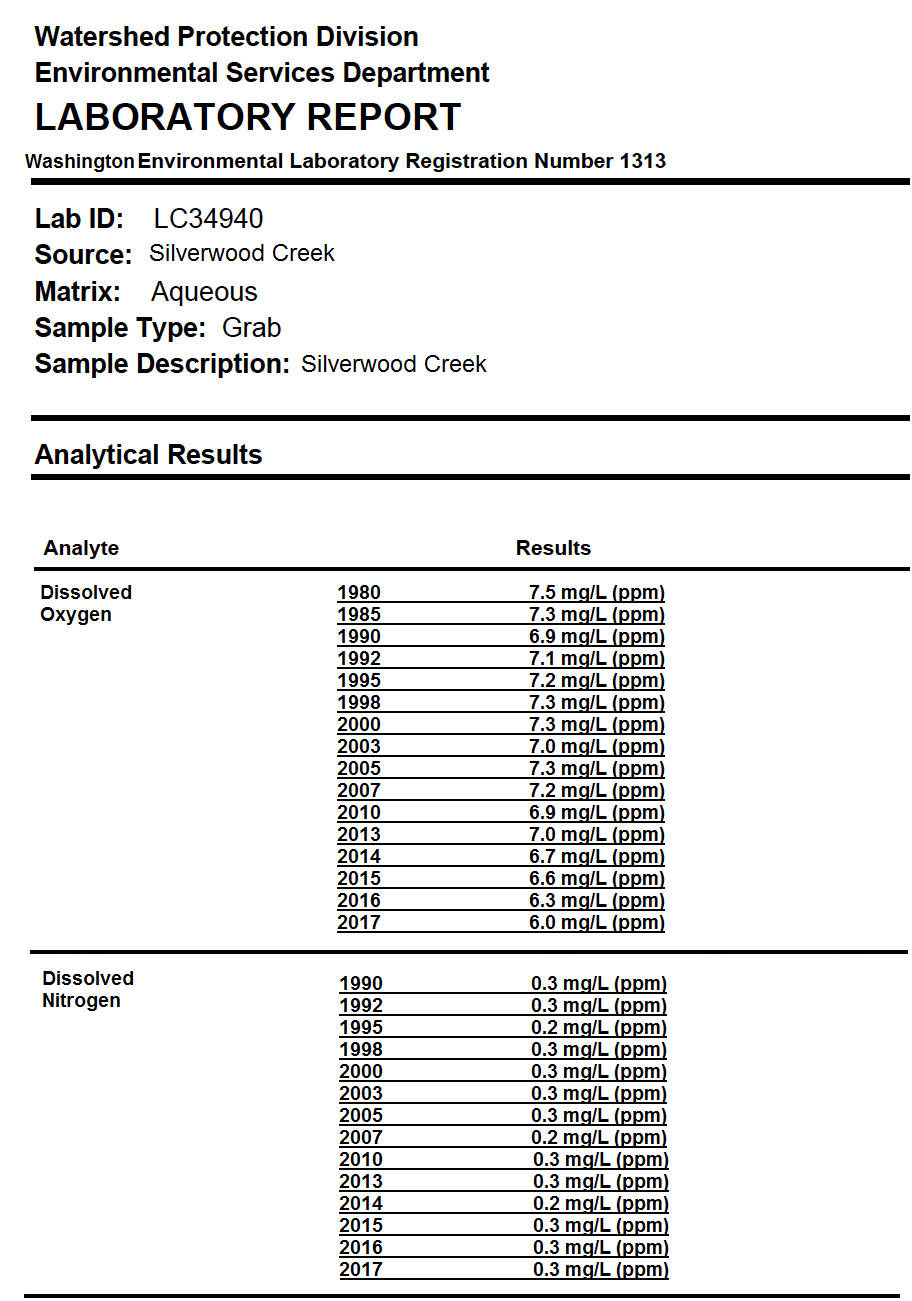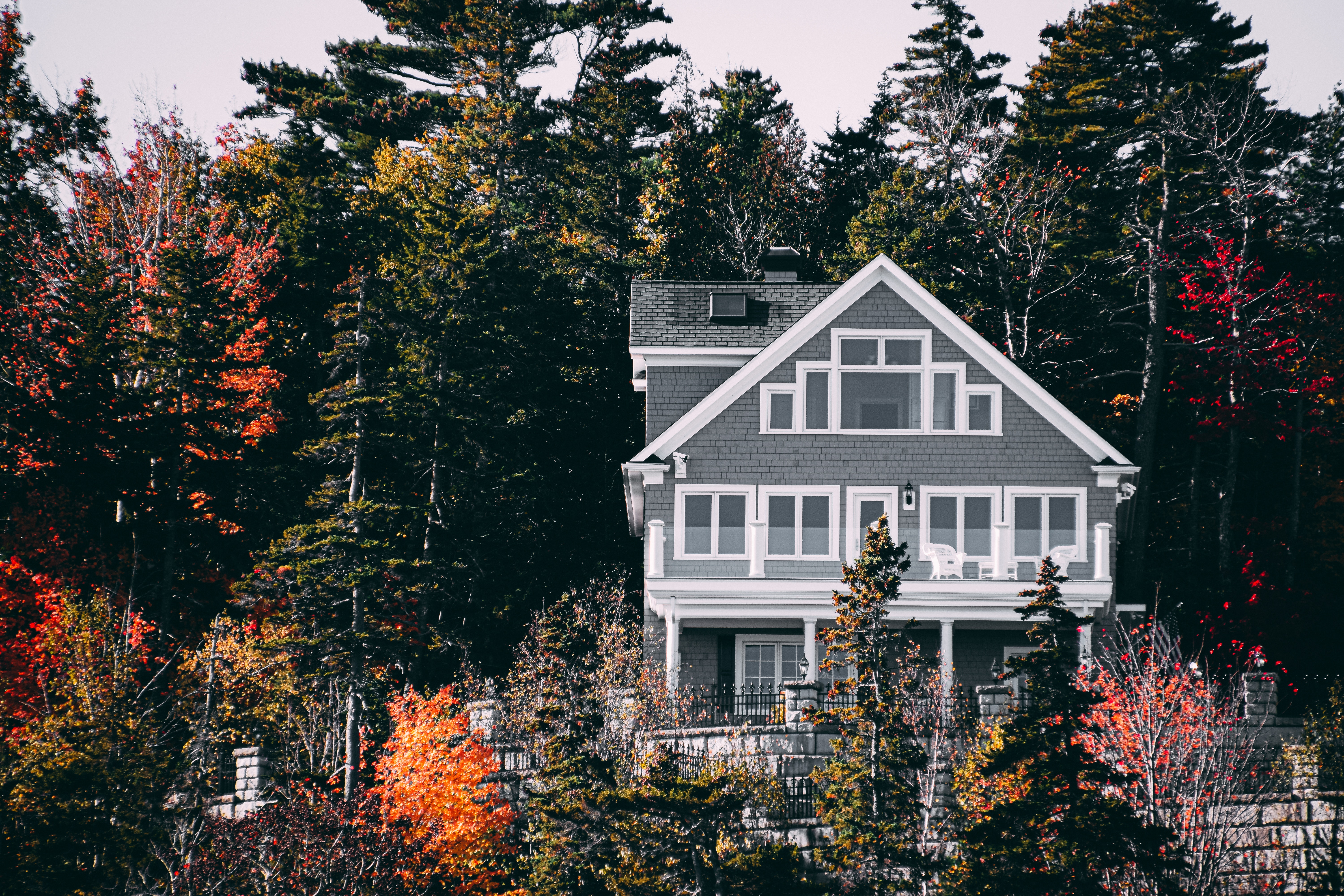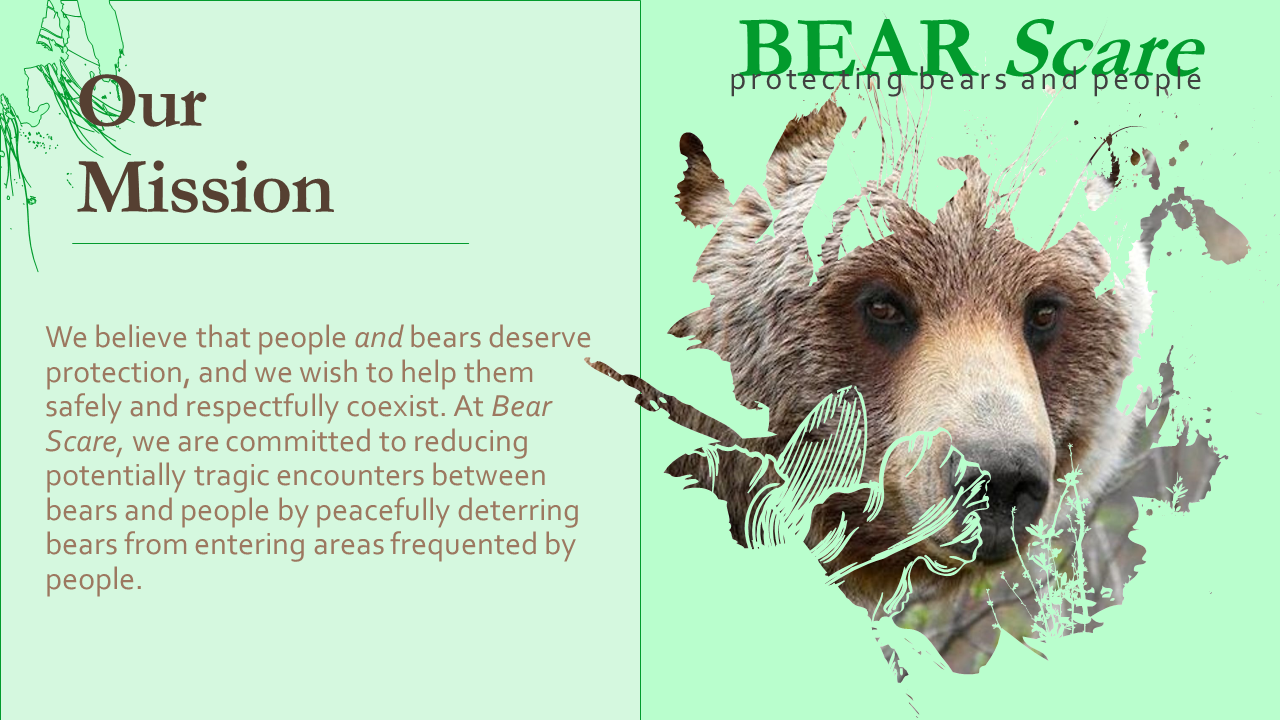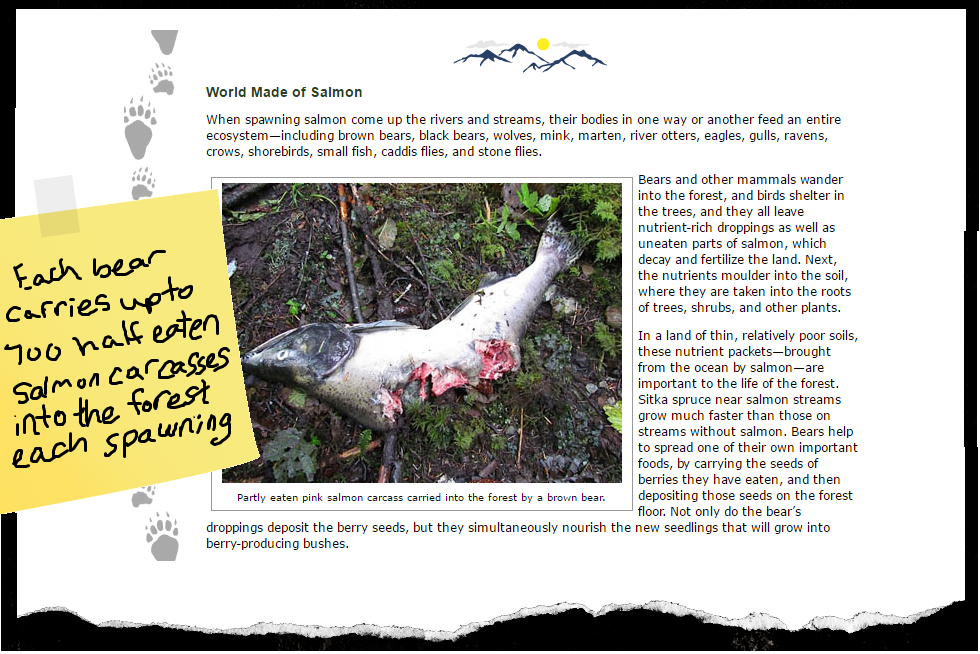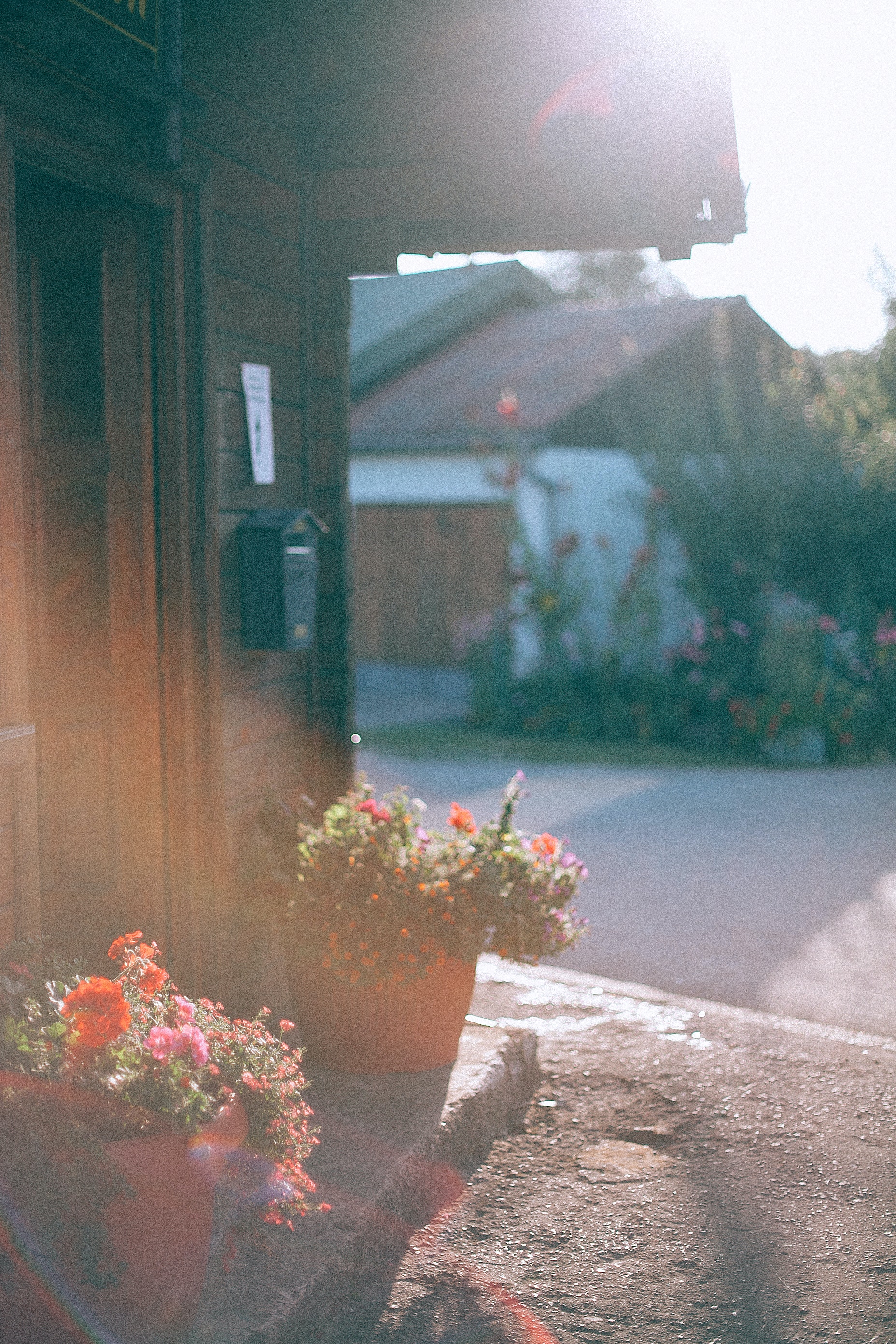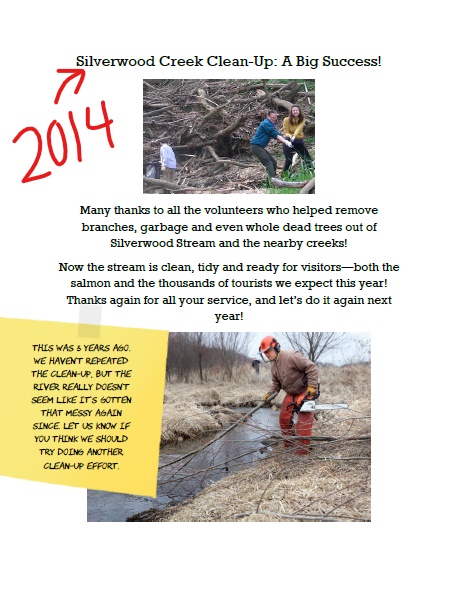At Silverwood City Hall...
The Mystery
The year is 2017. Because of your famed ecosystem expertise, you've been flown out to Silverwood, Washington to investigate a local mystery. At City Hall, Mayor Edwin Blackston explains the case.
"Each fall, the rivers of Silverwood are usually full of salmon swimming upriver to lay their eggs, or spawn as it's called. Every year... except this year.
"This year, the salmon populations were so much smaller than usual that tens of thousands of dollars in the fishing and tourism industry were lost. Rumors are spreading that the beautiful rivers of Silverwood have been poisoned—if Silverwood loses its reputation as a prime fishing and vacation destination, it would be our ruin!
"Please help solve the case of the salmon famine before it’s too late!""
Your Mission
Salmon populations in Silverwood rivers are far smaller this year than before. Why? Solve the riddles to earn trips around Silverwood to interview suspects and gather clues. Find the culprit and recommend what Silverwood officials should do to save their salmon!
About Silverwood
Mayor Blackston shares a little more information about Silverwood while walking out out of City Hall. Primarily known for beautiful streams and excellent salmon fishing, Silverwoods' biggest local industry is tourism. As a result, when the national economy struggles, fewer people can afford an expensive fishing getaway, and the local economy takes a big hit. In 2013, Mayor Blackson sought to stabilize the economy by attracting new employers to the region, chiefly by offering tax breaks and other incentives.
(Show Image Credits)
(Collapse Image Credits)
Photo Credits: Omar Ramadan (Pexels) and James Wheeler (Pexels)
